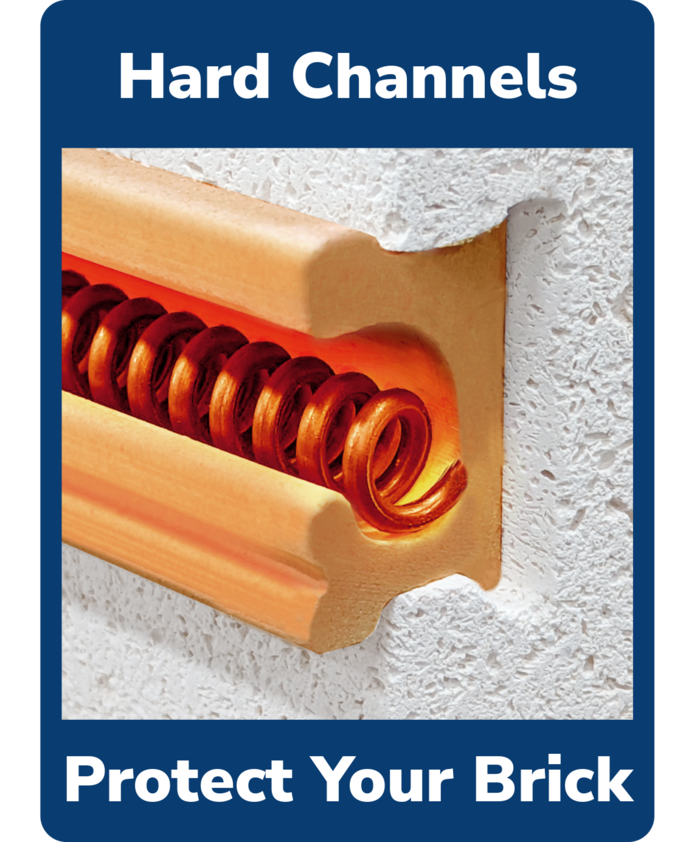380 volts, 3 phase wye (220 volts line to neutral)
- If you have 380/220 volts and 3-phase wye power (like most countries), the kiln will come with a 4-wire power block for the 3 hot wires that give 3 phase and one neutral wire.
- If you measure between any two hot wires you get 380 volts.
- If you measure between any hot wire and neutral you get 220 volts.
- The kiln circuits are connected to the neutral line and one of the hot lines for each kiln section to provide 220 volts for each kiln section.
- In addition to the 3 hot wires and the neutral wire, an earth ground wire is needed as well.
- Some countries have 400 volts with this same basic wye system and get 230 volts from hot to neutral.
- Some countries have 415 volts with this same basic wye system and get 240 volts from hot to neutral.
NOTE: All our electrical specifications (shown on each kiln page) show the various electrical specifications for these electrical systems.
220 volts, 3 phase (220 volts line to line)
- If you have 220 volts and 3-phase delta power available, the kiln will come with a 3-wire power block for the 3 hot wires that give the 3-phase.
- Between each hot wire, 220 volts can be measured.
- There is no need for a neutral wire to come to the kiln in this case, just an earth ground wire in addition to the 3 hot wires.
Find out why L&L kilns are popular around the world

